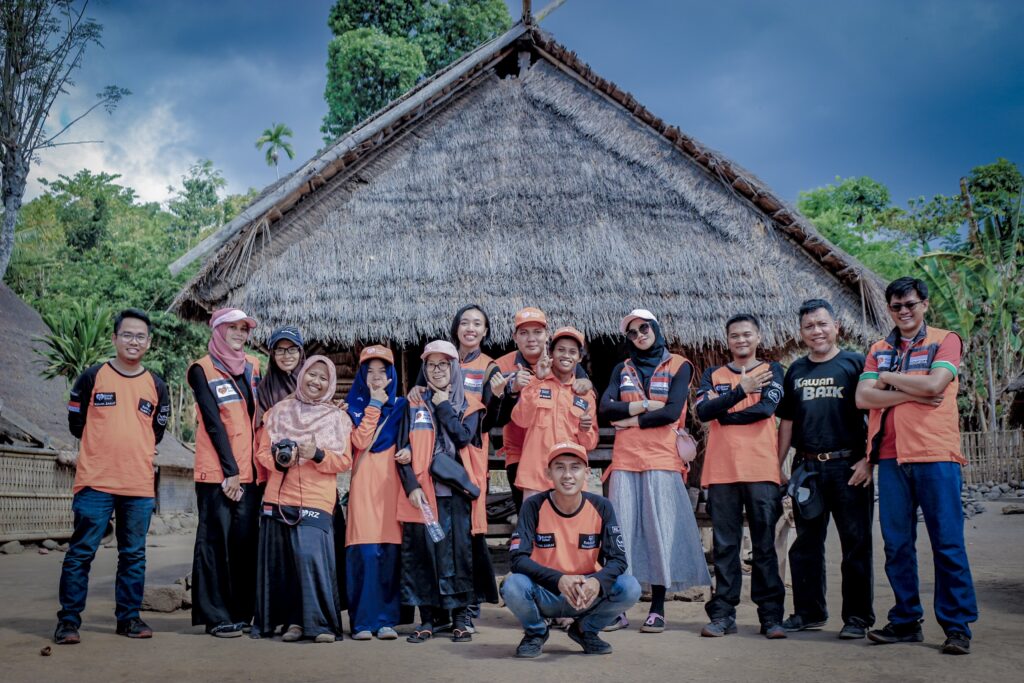
Data has immense potential to boost the operations and activities of charities and other non-profit entities, but well documented restraints mean they will generally fall behind the private sector in funding the tools to access it. The addressable challenge is knowing how to use and interpret existing data effectively and accessing it in real-time.
The value of accumulating, analyzing, understanding, and using data has long been established. This is no longer exclusively the preserve of cutting-edge businesses, but organizations of all sizes, in all industries and by a wide variety of job roles.
But even as we see mainstream adoption of advanced data techniques and improved data literacy, there are still those that are falling behind. Non-profit organizations experience this challenge, not due to lack of intent, but rather limited access to the expertise and tools to drive a data-driven culture.
Data has immense potential to boost the operations and activities of charities and other non-profit entities, but well documented restraints mean they will generally fall behind the private sector in funding the tools to access it. Therefore, the addressable challenge is not necessarily that non-profits don’t possess the information they need. It’s knowing how to use and interpret existing data effectively and accessing it in real-time, which comes down to having the right tools and skills.
The rise of the data divide
Whether donations or other income, charities and non-profits have a duty to invest in delivering for the people and communities in need of their services. This means that investment in new technologies and competing to pay salaries for highly skilled workers must always come second.
Much like the digital divide, whereby those with access to the internet have an inherent advantage over those without, the data divide could have lasting implications on the efforts of non-profits to use data for good. That is to say, if charities and other such organizations can’t access data-driven insights – or use them effectively – their efforts could be significantly hampered. This isn’t about falling behind competitors, but instead realizing the significant possibilities of data for furthering charitable and humanitarian causes.
Data is the key, if you can use it
Great strides are being made by using data to support these causes, but the private sector is much better equipped to drive them. From a corporate perspective, data-powered technologies such as artificial intelligence, Internet of Things and data analytics are regularly cited as being critical to supporting environmental initiatives. For example, a recent report by Accenture found that 60% of organizations use AI and 53% use data analytics and IoT to reduce emissions. Deploying these technologies successfully requires high volumes of data, and employees across all departments to be data literate, so they can use the tools effectively.
What’s more, squeezed budgets means non-profits tend to be restricted to using the data and tools they already have, which makes maximizing their value even more crucial. If the ability to generate data with innovative tools continues to exist primarily in the hands of private sector businesses, non-commercial organizations have to focus on harnessing the skills to make the data they have work harder.
Who should take responsibility?
Non-profit organizations are the most committed to driving genuine positive change and so it is in our interests to help them help us. While the private sector is certainly focused on improving its environmental, social and governance (ESG) performance, it will always be a secondary goal compared with revenue generation. But who should step up?
On the one hand, governments have a role in providing specific support to the non-profit sector to boost its data literacy. Many non-profit organizations were set up to address blind spots in public sector funding, which is often cut because governments cannot afford the long-term commitment. Yet the support charities and other non-profits would be looking for is short term – to upskill teams and provide access to tools that allow them to make use of these new abilities.
There is also strong potential for partnerships between those with data literacy and those without. This could allow non-profit organizations to harness the data expertise and resources of the private sector, while providing larger businesses with opportunities to include tie-ups with charities into existing ESG initiatives. Data literacy training offered by private businesses and industry initiatives alike has also been democratized to the extent that is now very accessible and affordable.
In creating private sector partnerships, both enterprise and non-profit can achieve their aims while allowing the latter to access to the tools that can drive improved data access and data literacy. During the Russian invasion of Ukraine, for example, Direct Relief worked with Qlik to develop data dashboards to understand population movement. This allowed Direct Relief to map refugee location in real-time and work with partners such as the WHO and UNICEF to deliver aid where it is required. They had the data, but without private sector tools, were restricted to providing static pdf reports that were quicky outdated.
Wherever it comes from, non-profit organizations need support to realize the power of data to tackle the world’s biggest problems. Imagine what charities and NGOs could achieve with improved data literacy to leverage the information they have! The absence of these skills – and the broader data divide – will only stall the deployment of tangible solutions to the problems that non-profits were typically born to address.